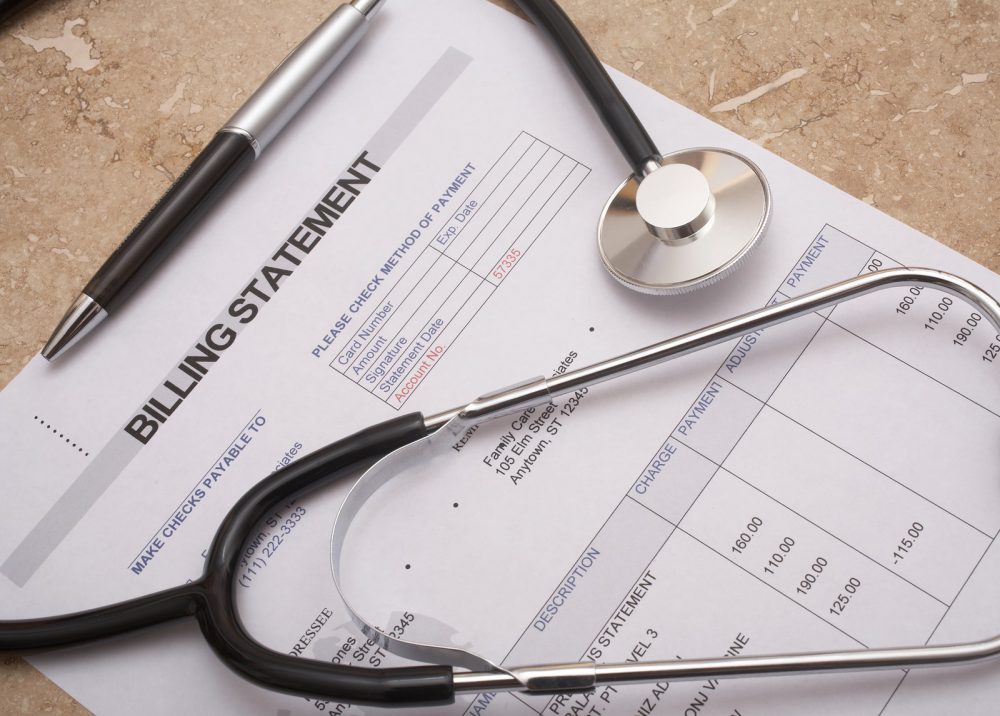
Healthcare in the United States can produce a number of hurdles that citizens must navigate, but none more challenging than simply understanding the medical bills they receive for treatment.
That’s why the U.S. Department of Health and Human Services is hoping a national effort to redesign and simplify medical bills might provide some much-needed relief.
On May 9, 2016, HHS Secretary Sylvia Mathews Burwell announced the “A Bill You Can Understand” challenge, a three-month-long contest asking healthcare organizations, designers, developers, digital technology companies and other entities to create a medical bill that patients can easily understand.
Diagnosing Confusing Medical Bills
Medical billing has long presented a challenge for people. Patients often receive multiple bills for the same services from hospitals, doctors, labs and other specialists involved in their care. The bills often look completely different from one to another and typically include different language and technical terms, making it difficult for patients to decipher what they owe, how much their insurance covers and whether the bill is for the entire amount due.
“It can feel like you need a PhD in health policy just to understand your bills,” Burwell said during the 2016 Health Datapalooza conference in Washington, D.C.
The contest, sponsored by the AARP, is being conducted by Mad*Pow, a design agency. Submissions are being accepted through August 10, 2016 with two winners to be announced in September at the Health 2.0 Annual Fall Conference. Winners will receive cash prizes of $5,000 each.
You Might Also Enjoy: Task Force Recommends Depression Screenings for Pregnant Women and New Mothers
Burwell said the effort is needed in order to help put patients “at the center of their own healthcare.”
Six healthcare organizations, which average more than 10 million patient visits annually, have already agreed to test and/or implement the winning designs.
- Cambia Health Solutions, Portland, OR
- Geisinger Health System, Danville, PA
- INTEGRIS Health, Oklahoma City, OK
- The MetroHealth System, Cleveland, OH
- Providence Health & Services, Seattle, WA
- The University of Utah Health Care, Salt Lake City, UT
Experts from each of the six organizations will review contest submissions on an advisory panel with patients and other stakeholders to provide input to the contest’s judges.
Two winning submissions will be chosen – one for the bill that is easiest to understand and one for the submission that designs the best approach to improving medical billing overall related to what patients see and how they navigate through the entire payment process.
Improving EHR Systems
Burwell and her department have led the charge in working with groups and individuals outside of government to help improve the nation’s healthcare system through increased technology. In addition to drafting the medical billing challenge, the Department of Health and Human Services has been a vocal advocate for the federal effort to implement an electronic health records system that easily shares information between providers and patients.
Medical bills have become a critical issue with high-deductible health plans causing more people to pay out of pocket for care received. According to the 2015 Employer Health Benefits Survey conducted by the Kaiser Family Foundation, 36% of American workers with employer-sponsored health insurance had a deductible of $2,000 or more, a 20% increase since 2010.
“We are creating progress toward a medical bill that people can actually understand and a billing process that makes sense,” Burwell said.









